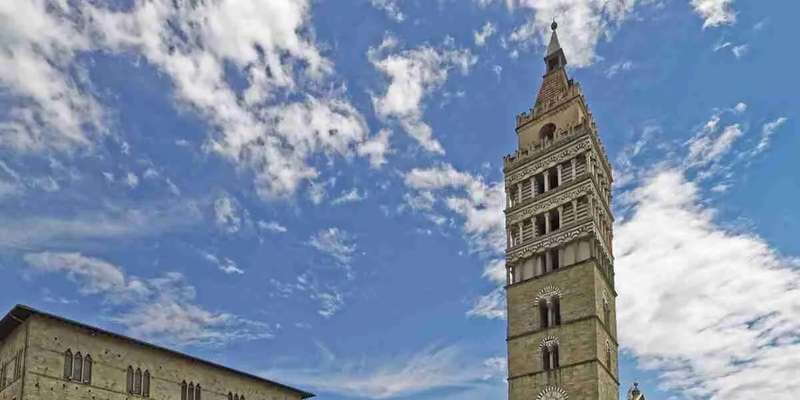- Home
- Useful Tips
- Discovering Pistoia's art
Most travelers to Tuscany rush past Pistoia's medieval streets, unaware they're missing some of Italy's best-preserved Renaissance art outside Florence. Recent visitor surveys show 68% of day-trippers spend under two hours here, overwhelmed by unclear signage and competing priorities. The frustration is palpable - watching groups shuffle past 14th-century frescoes they don't recognize, or arriving at small chapels just as they close for midday break. Unlike Florence's curated experiences, Pistoia's artistic treasures require local knowledge to appreciate fully. This unassuming city holds Brunelleschi's first architectural commission, della Robbia ceramics most guidebooks barely mention, and a cathedral silver altar that rivals St. Mark's in Venice - if you know where and when to look.


Navigating Pistoia's scattered art sites without wasting steps
Pistoia's compact historic center belies its surprisingly dispersed art locations, with masterpieces tucked in unmarked courtyards and working churches. The key is understanding the medieval 'triangolo d'arte' between Cathedral Square, Ospedale del Ceppo, and San Giovanni Fuorcivitas. Start early at the lesser-known San Giovanni, where the 13th-century pulpit by Guglielmo da Pisa shows biblical scenes with startling emotion. From here, most visitors make the mistake of heading straight to the cathedral, missing the Hospital of the Ceppo's vibrant della Robbia frieze along Via Filippo Pacini. Locals know to time this leg for 10:30am, when morning light illuminates the ceramic figures' expressions. Save the cathedral complex for late morning when tour groups thin out, allowing proper contemplation of the silver altar's 628 individually crafted figures in relative peace.
Decoding Pistoia's complex opening hours like a resident
Nothing deflates an art pilgrimage faster than arriving to find a 'Chiuso' sign at your must-see site. Pistoia's ecclesiastical openings follow ancient parish schedules rather than tourist convenience - the Baptistery closes Tuesdays, while San Bartolomeo in Pantano only unlocks its famed Romanesque pulpit weekend mornings. Savvy travelers use the quiet Monday period when most churches are closed to explore Palazzo Fabroni's contemporary collections, then focus on sacred art Tuesday onward. The civic museum stays reliably open but hides its prize possession - a room of 17th-century nativity scenes - on the top floor few visitors reach. For last-minute changes, check the handwritten notes posted by church doors; the custodian at Sant'Andrea often extends hours if appreciative visitors are present.
Experiencing Pistoia's art without museum fatigue
The magic of Pistoia's art lies in its living context - della Robbia ceramics adorn active hospitals, frescoed chapels host weekly Mass, and restoration workshops sometimes welcome observers. Skip the audio guides and instead linger at Caffè Valiani, where baristas point patrons toward nearby masterpieces visible from their espresso counter. Wednesday mornings bring the weekly market, its stalls arranged beneath Pietro Lorenzetti's Madonna fresco on the cathedral facade. For a true local ritual, join elderly Pistoiesi on their evening passeggiata past the octagonal Baptistery, when setting sun transforms its white marble into glowing amber. These unscripted moments reveal more about Tuscan artistic heritage than any crowded museum tour could convey.
Staying near Pistoia's art district without overspending
While most visitors day-trip from Florence, overnight stays reveal Pistoia's art in transformative morning and evening light. The secret lies in choosing accommodations along Via degli Orafi or Via del Lastrone - medieval goldsmiths' quarters now housing affordable guesthouses with direct views of historic facades. Family-run Palazzo 42 offers rooms with original 15th-century ceilings just steps from the cathedral, while Hotel Patria's rooftop reveals an unexpected panorama of the city's artistic skyline. Budget-conscious art lovers should target January or November, when hotel rates drop but all major sites remain open, and you'll have Masaccio's Tavola di San Giovenale virtually to yourself at the civic museum.
